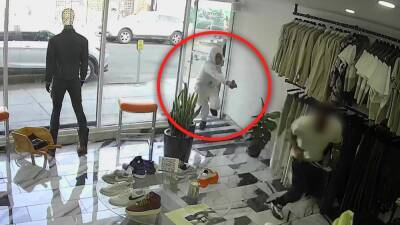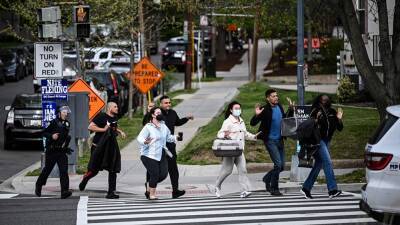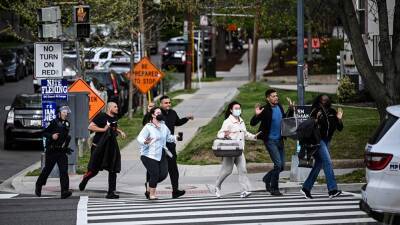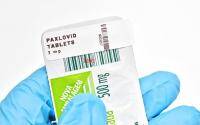Emoji drug code decoded: Parents, do you know what that text really means?
all drugs. "Parents should really be aware of what this language is - it's like a different language," explained Bill Bodner, Special Agent in Charge of the DEA’s Los Angeles Field Division.
He said that teens can now buy drugs online or on social media, pay with apps like Zelle or Venmo, and have the drugs delivered without their parents’ knowledge.
His department has investigated cases where children as young as 14 have died. In an effort to educate parents and caregivers about the new ways drugs are being bought and sold, the DEA has released an "emoji decoder" – detailing various ways that drug traffickers and criminal organizations are now communicating with customers.
They look innocent, but the combination of cookie, snowman, box, and parachute emojis can be code for ‘a large batch of cocaine has arrived.’SUGGESTED: Opioid Crisis: Mom's search for answers in son's death leads to discovery of illegal drug delivery ringThe DEA says that "emojis, on their own, should not be indicative of illegal activity, but coupled with a change in behavior, change in appearance, or significant loss/increase in income should be a reason to start an important conversation." Bodner is particularly concerned about a disturbing spike in the synthetic opioid fentanyl showing up in drugs like oxycodone, cocaine, and molly.
Read more on fox29.com
















































